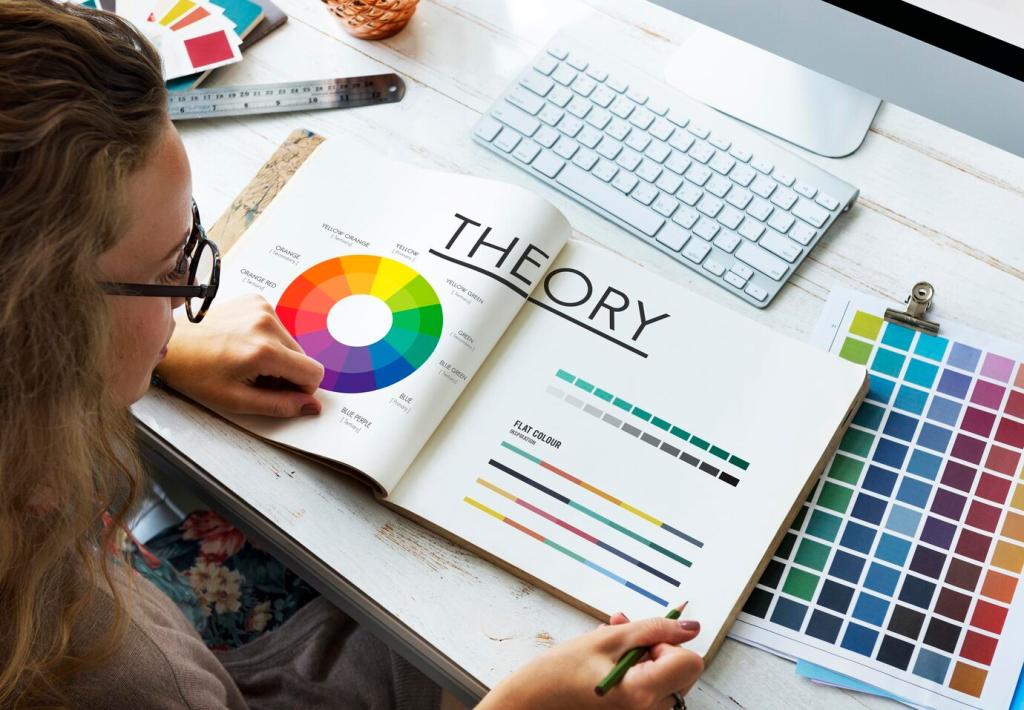Data Visualization on Mobile Screens
Use sequential scales for ordered magnitude, diverging for highlighting above or below a midpoint, and categorical for distinct groups. Ensure sufficient luminance steps so tiny charts remain readable, even at a quick glance.
Data Visualization on Mobile Screens
Keep legends tappable, concise, and collapsible. Design empty states with a gentle accent that invites data onboarding. Map gestures to highlight color-linked series, reinforcing comprehension without cluttering precious mobile space.








